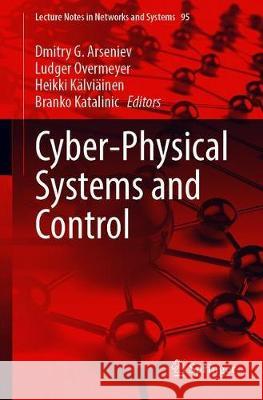Cyber-Physical Systems and Control » książka
topmenu
Cyber-Physical Systems and Control
ISBN-13: 9783030349820 / Angielski / Miękka / 2019 / 763 str.
Kategorie BISAC:
Wydawca:
Springer
Seria wydawnicza:
Język:
Angielski
ISBN-13:
9783030349820
Rok wydania:
2019
Wydanie:
2020
Numer serii:
000797696
Ilość stron:
763
Waga:
1.06 kg
Wymiary:
23.39 x 15.6 x 3.94
Oprawa:
Miękka
Wolumenów:
01
Dodatkowe informacje:
Wydanie ilustrowane











